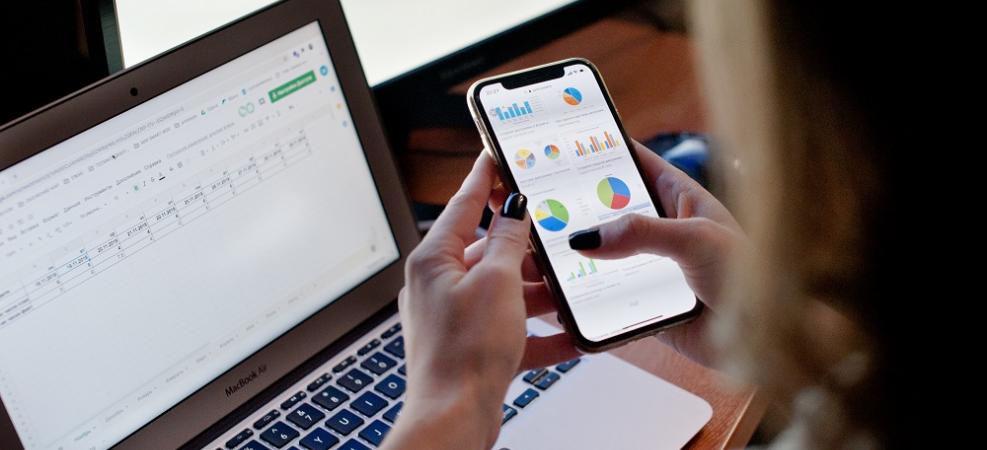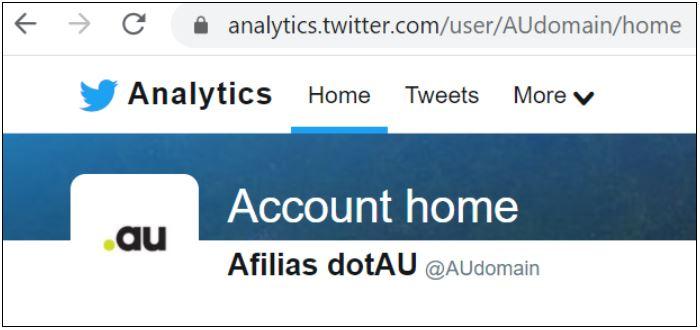Today's blog post focuses on data analytics and how it can be used to track and improve results. We look at the definition of data analytics and various online platforms for interaction, the importance of learning about your customers and ways to monitor performance and use these insights to your advantage.
What is data analytics?
As defined by accounting and advisory firm BDO Australia, “Data analytics is simply the use of data to develop a better understanding of various aspects of your organisation. The data you need to collate, prepare and analyse can be from different sources, sizes and formats.”
One of these sources is the online communication tools available for your customers to interact with (e.g. your website, social media and emails), which is where some of the most useful data can be found. Many platforms are likely to have their own free built-in analytics tool, for example Google Analytics (for your website), Mailchimp reporting (for your email marketing) and Twitter Analytics (an example of a social media analytics tool).
Learning about your customers
If you want to improve your results, you should find out as much as you can about your customers, and luckily for you, there are many tools available to do exactly that.
Google Analytics provides various insights relating to your website, including the number of people visiting, which pages they are looking at, where they are coming from, and how long they are spending on your site, which are all extremely useful in understanding user behaviour. If your business is yet to set up your Google Analytics account, we recommend you get to this right away. Here is a guide from Hootsuite that explains how.
For most email and social media accounts, analytics tools will be readily available. For example, if you use MailChimp, you can access campaign reports to track data on opens, clicks and bounces. For social media analytics, such as Twitter, tweet performance including impressions and engagements can easily be accessed via the left panel or by typing analytics.twitter.com in your address bar when logged in to your account, as shown for @AUDomain below:
Monitoring performance
Now that you are aware of the types of tools and data available to you and how to access them, it is up to you to monitor performance and make adjustments as you learn. One way to do this is through A/B testing, where two different versions of content with one changing variable are shown to different audiences. An example of putting this into practice would be if one audience receives an email with a call to action of ‘Get yours today’ while the other audience sees a call to action of ‘Buy now!’. By observing how many people react to one over the other, you begin to better understand your customers and the language they are more likely to react to.
There are many benefits of learning from data analytics, including increasing your exposure to problem solving skills and learning to appreciate the value of data. If you already have an online presence but are not yet tracking and analysing your results, we encourage you to get started right away; you will be surprised at the outcomes you can achieve simply by listening.
Have a question, comment or idea for a future blog post? Email us at blog@afilias.com.au today.

